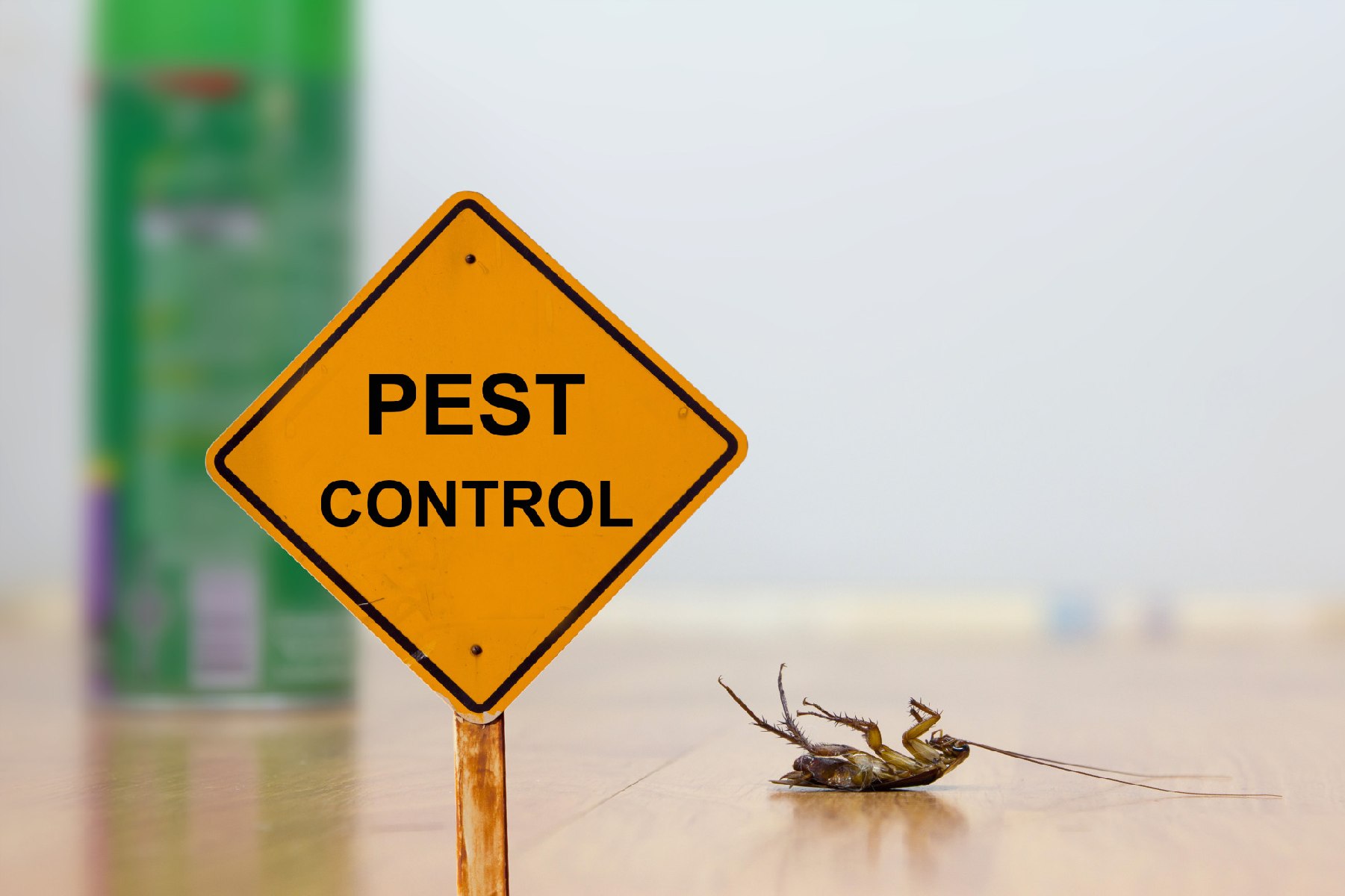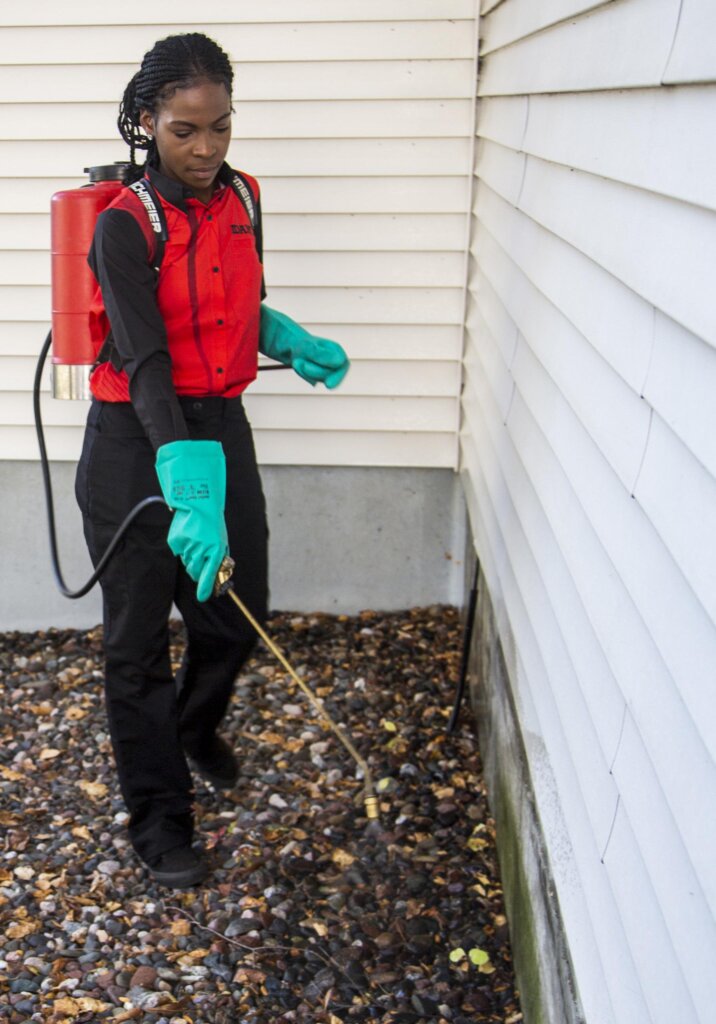Affordable Pest Control to protect your property from harmful pests.
Eco-Friendly Pest Control Approaches for Handling Wildlife in Urban Areas
Urban areas frequently locate themselves at the crossway of human activity and wild animals, leading to one-of-a-kind challenges in pest management. These strategies not just shield the setting however likewise enhance community involvement in wild animals administration. As urban populaces proceed to grow, understanding the characteristics of wildlife communications ends up being progressively essential.
Understanding Urban Wild Animals Dynamics
Understanding Urban Wild animals Dynamics is essential for creating efficient and environment-friendly insect control strategies. Urban locations are progressively becoming environments for various wild animals species, driven by variables such as habitat fragmentation, food availability, and human infringement. Recognizing these characteristics enables a nuanced strategy to pest management that aligns with ecological concepts.
Urban wild animals often includes varieties such as raccoons, squirrels, and birds, which adapt to city settings, finding particular niches in green rooms, parks, and even suburbs. Their existence can lead to disputes with human beings, especially when they manipulate human resources for food and shelter. Recognizing the behaviors and ecological duties of these species educates strategies that reduce adverse interactions while promoting biodiversity.
Moreover, recognizing the interdependencies within urban ecological communities helps in identifying important locations for habitat preservation and repair. This expertise adds to the advancement of integrated bug monitoring (IPM) techniques that consider the environmental equilibrium, consequently lowering reliance on hazardous chemicals. By promoting coexistence between people and city wild animals, cities can develop much healthier settings that profit both homeowners and neighborhood ecosystems, leading the way for sustainable urban living.
Natural Repellents and Deterrents
Natural repellents and deterrents offer a lasting choice to standard parasite control approaches by using the power of nature to maintain undesirable varieties away. These environment-friendly options normally use plant-based components, vital oils, and other naturally occurring materials that hinder bugs without hurting the environment.
One effective all-natural repellent is peppermint oil, which is recognized to push back rodents and insects. Its solid fragrance is unpleasant to many parasites, making it a preferred option for urban setups. Vinegar and citrus peels can offer as deterrents, as their strong smells are typically unattractive to various wildlife.
In addition, diatomaceous planet is an all-natural powder that can be spread in areas vulnerable to insect task, properly dehydrating and hindering pests without presenting threats to non-target species. Garlic sprays and neem oil are identified for their capacity to fend off a broad array of pests, including both insects and bigger Pest Control Near Me wildlife.
Carrying out these natural repellents not only lowers reliance on chemical pesticides yet also promotes a much healthier urban ecological community, promoting an extra balanced coexistence in between human beings and wildlife. By using these strategies, urban locations can properly manage bug populaces while minimizing environmental effect.
Environment Modification Techniques
Efficient environment alteration techniques play a vital duty in sustainable pest administration by changing the setting to make it much less conducive to pest infestations. By comprehending the environmental characteristics of city locations, homeowner can apply tactical modifications that discourage pests while promoting biodiversity.
(Carpenter ant control Port Charlotte)One key strategy involves preserving appropriate cleanliness. This consists of normal waste elimination, securing trash can, and getting rid of standing water to minimize reproducing websites for pests and rats. In addition, landscaping techniques such as selecting native plants can improve environmental balance, supplying environments for valuable microorganisms while decreasing sources for parasites.
An additional crucial method is to seal access factors in buildings. Inspecting and fixing fractures in structures, wall surfaces, and windows can significantly lower bug access. Furthermore, developing physical barriers, such as fencings or plant buffers, can inhibit wild animals movement right into human-inhabited areas.
Integrated Bug Management Practices
Structure upon habitat adjustment techniques, incorporated pest monitoring (IPM) practices use a holistic strategy to controlling bug populations while lessening environmental effect. IPM incorporates different approaches, including organic, social, mechanical, and chemical controls, to accomplish reliable pest administration.
Organic control involves the intro of all-natural predators or parasites to lower pest populations. Social techniques, such as crop rotation and cleanliness, interfere with pest life cycles and decrease their environments - Pest control service. Mechanical controls, like traps and barriers, supply prompt relief from bug pressures without chemical treatment
Chemical controls are utilized as a last hope, concentrating on targeted applications that restrict harm to non-target varieties and the atmosphere. The option of eco friendly chemicals, when necessary, is essential to the IPM structure. In addition, monitoring insect populations and examining possible damages helps educate decision-making, ensuring that interventions are timely and efficient.
Community Involvement and Education

(Wasp removal Port Charlotte)Workshops and informative sessions can gear up locals with understanding about native species, habitat preservation, and reliable safe bug administration techniques. Collaboration with schools, neighborhood companies, and federal government companies even more enhances instructional outreach, making certain that crucial details reaches diverse target markets.
In addition, community-led efforts, such as community clean-up days and habitat reconstruction jobs, not only advertise biodiversity yet likewise strengthen area connections. Pest Control. By urging citizens to share their experiences and observations, areas can establish targeted techniques that address certain regional pest problems
Incorporating responses from citizens into insect management intends makes it possible for a much more responsive and flexible method to wild animals difficulties. Inevitably, notified and involved neighborhoods are key to accomplishing long-term success in environment-friendly insect control, bring about healthier city environments that value both human and ecological requirements.

Verdict
In conclusion, green parasite control comes close to offer sustainable remedies for taking care of metropolitan wildlife. By focusing on environment modification, utilizing all-natural repellents, and carrying out integrated parasite monitoring methods, communities can cultivate a harmonious coexistence with neighborhood fauna.